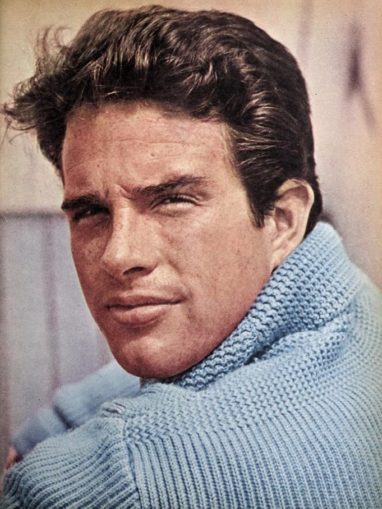
Robert Ashworth from Bellingham, WA., USA, CC BY 2.0, via Wikimedia Commons
“Love, mother, father, home, enemy, me”. These are the words burned onto the eyeballs of our protagonist Joe Frady, played by Warren Beatty, as he sits motionless, watching a montage of images flash across the screen before him. What at first is an everyday depiction of life and social mores, descends into a mixed-up kaleidoscope of sound and imagery, convention turned on its head in a frenzied attack on reality. This scene is the embodiment of director Alan J Pakula’s 1974 thriller ‘The Parallax View’. It echoes a more famous example from Kubrick’s ‘A Clockwork Orange’, only rather than being played for thrills, this is more unsettling and banal, our lead character is a man alone in an empty room, with only a lone voice from a speaker for company. The scene merely exists without comment.
Heavily influenced by the political assassinations of 1960s America, The Parallax View is a riveting thriller that follows journalist Frady on a quest for the truth. It is based on the book by Loren Singer and the script is a taut affair that draws both the lead and the viewer into a labyrinth of lies as we investigate a shadowy organisation called the Parallax Corporation. The whole film is a wonderful exercise in how to manipulate. The unseen hand of the powers that be, is echoed in the photography, the score and the script.
The camera is always hinting that the protagonists’ view is overshadowed by a greater vision. We see recurring images of escalators and lifts, suggesting that we are being moved by another force inexorably towards a pre-ordained destination, a totem pole suggests layers upon layers of who knows what, figures are dwarfed against towering backdrops highlighting their insignificance, and then there is the montage scene discussed above.
The score is sparse to the point of non-existence, a lone trumpet call plays a recurring motif, but otherwise we are left with nothing but background noise.

Globe. Photographer not credited [1], Public domain, via Wikimedia Commons
This is a director who knows his chops. The Parallax View is the second in a trilogy of film by Pakula that deal with the shadowy goings on of government. Preceded by Klute (1971) starring Sutherland, and followed by All The President’s Men (1976) with Redford and Hoffman, it is the best of the bunch. It neither suffers from being too narrow and focused like its forbear, nor is it as one eyed and naive as its follow up. It is not a depressing film, though you can say that the conclusion is. If it had been made twenty years earlier, it would have been directed by Hitchcock, and starred James Stewart playing an ordinary Joe in extra-ordinary circumstances, but ours is no ordinary Joe, and there are no easy answers, no happy endings, just a sense of powerless.
The superb cast is led by Warren Beatty, and supported by Paula Prentiss, William Daniels and Hume Cronyn. The acting is natural and espouses the high-water mark of the new Hollywood style. The characters they play, embody the narrative arc of the film; all are cocky, high-minded and self-important in the beginning, but end up lost, paranoid and frayed at the edges.
It is such a well-made film, I have seen it many times down the years, yet still enjoy it none the less. A forgotten gem of cinema, over shadowed by more famous contemporaries. If you like thrillers in the same vein as The Conversation or Blow Up, then this is a film to watch. No question.
© Authur 2023




